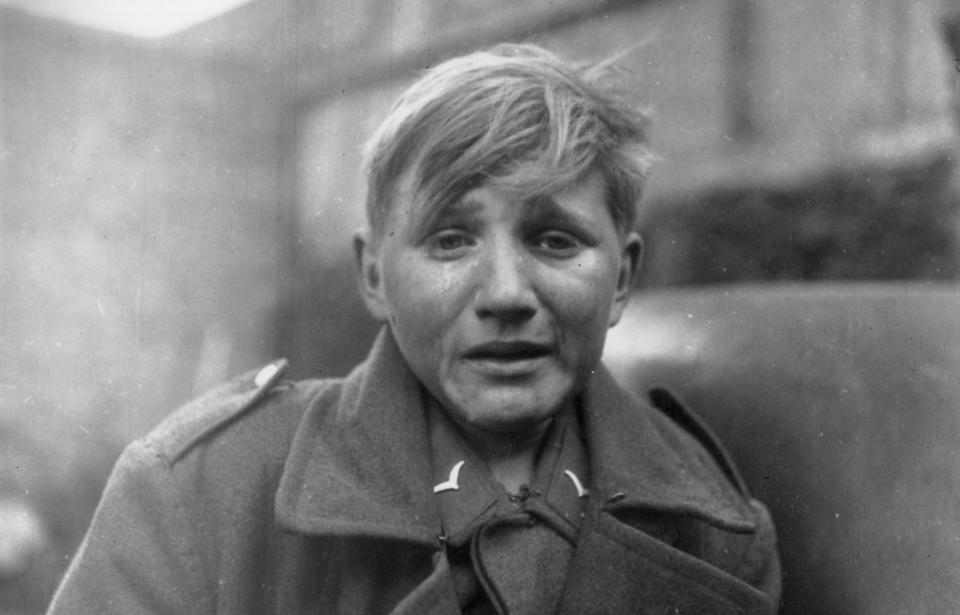This photograph of a crying child-soldier, taken in 1945, shows a young German, identified as Hans-Georg Henke. The image has served to illustrate the feelings of the German population in the final moments of the Second World War. When one looks deeper, however, they’ll find there are conflicting accounts regarding the story behind the photograph… Which one is the truth?
Hans-Georg Henke joined the Luftwaffe at a young age
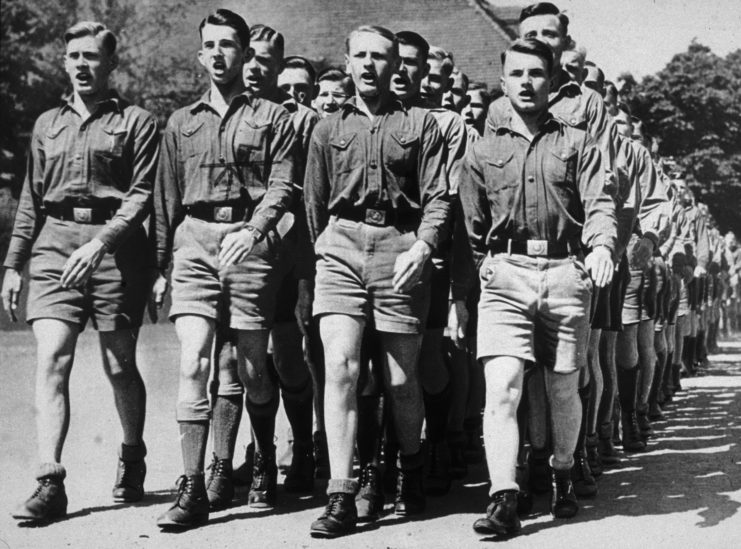
Hans-Georg Henke was orphaned at a young age. His father, a Communist sympathizer, died in 1938, and his mother passed six years later. As such, the Henke family, now consisting of just Hans-Georg and his two brothers, was left destitute. Given the death of his parents, Henke had to find a way to earn money to provide for and support his remaining family members, leading him to enlist in the Luftwaffe, the aerial warfare branch of the German military, at just 15 years old.
Hans-Georg Henke’s version of the story
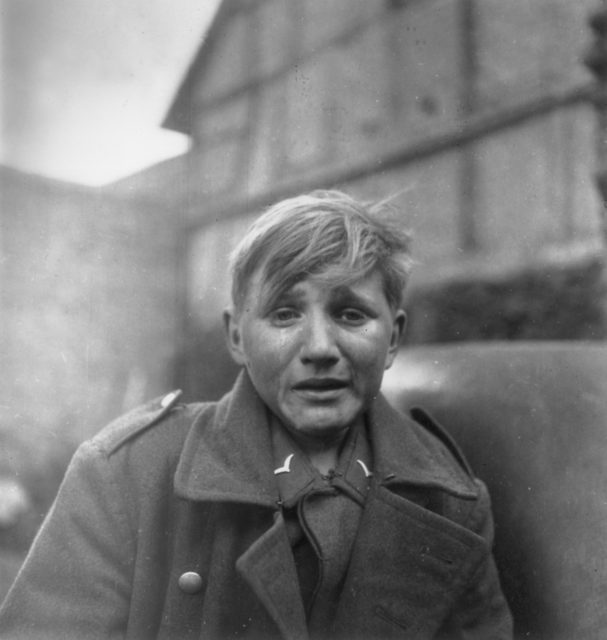
One photograph in the collection of those featuring Hans-Georg Henke shows him crying inconsolably. Henke said the image was captured right after the Soviet advance on the German position in Stettin, where he was based with a battery of 88 mm guns. The Germans were forced back to Rostock, but his unit was ultimately overrun, and he was among those captured.
Henke alleged the photos were captured at that exact moment, and that his tears were the result of the world he knew crumbling around him. Henke survived the Second World War and went on to become a member of the Communist Party in East Germany. He continued to tell this version of the story until his death on October 9, 1997, at the age of 69.
The photographer remembers a different version of events
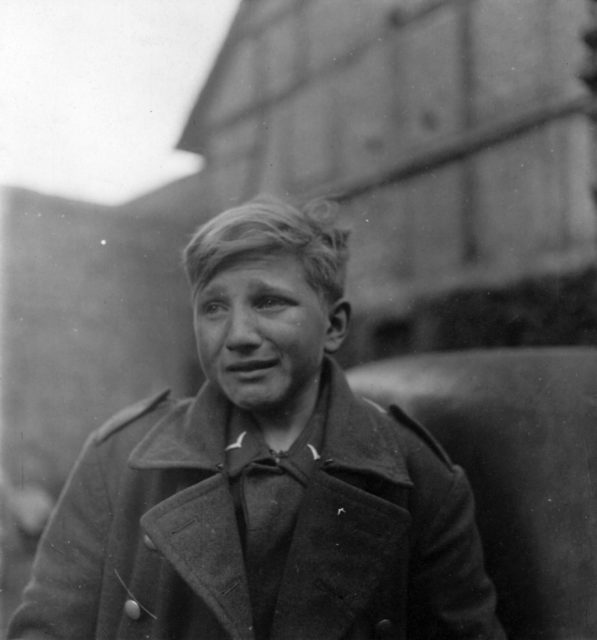
The person who claimed ownership over the collection, American photojournalist John Florea, said the story Hans-Georg Henke told his whole life wasn’t true. He revealed the images were taken in the German village of Rechtenbach, located in Hüttenberg, Hessen. Additionally, Florea said it wasn’t the Soviets who’d overrun the position of Henke’s unit, but, rather, the Americans. The photojournalist believed Henke was crying from combat shock, resulting from the American takeover.
Why change the story?
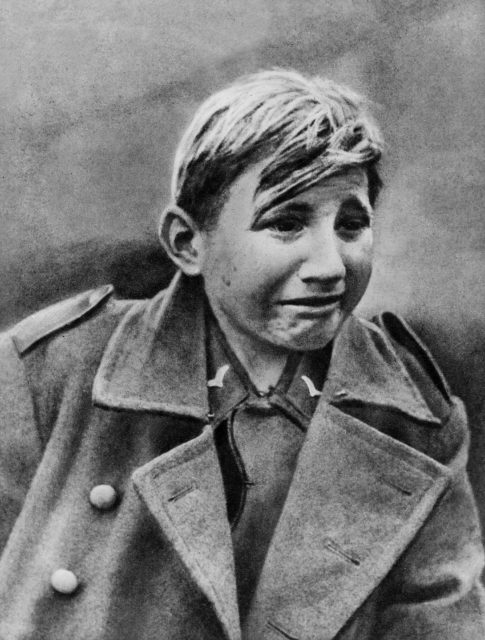
There may be more merit to Florea’s account, as the buildings in the background strongly resemble those that are still standing in Rechtenbach. Additionally, the photographs prove one part of Hans-Georg Henke’s account to be completely false. Henke always said he’d worn rags on his feet during that time. However, there’s an image in the collection that clearly shows him wearing boots.
More from us: Wait for Me, Daddy: The True Story Behind the Iconic World War II Photo
Want to become a trivia master? Sign up for our War History Fact of the Day newsletter!
Why would Henke change the story and stick to the fabricated version of events for the rest of his life? This was likely due to him joining the Communist Party following the war. East German Communists believed those who’d surrendered to the Americans were a third force of opposition. With his joining, Henke would have had to alter his story to being overrun by the Soviets, not the Americans.
